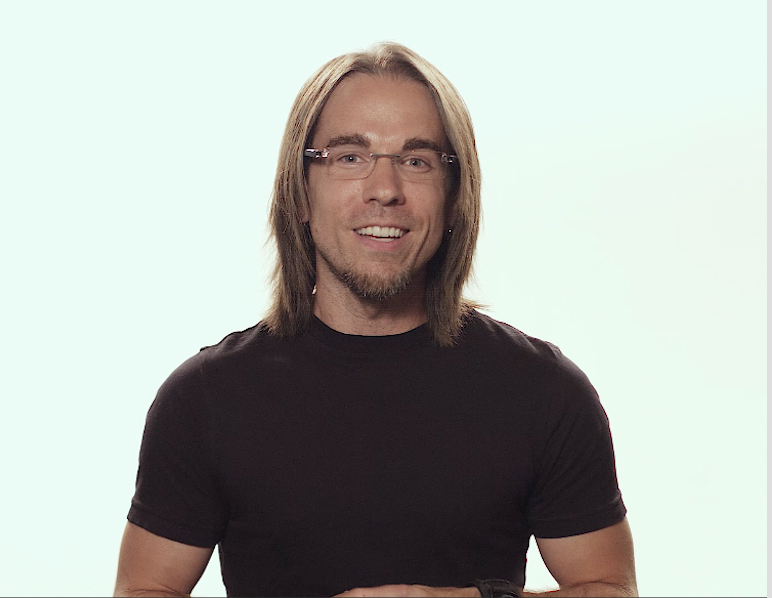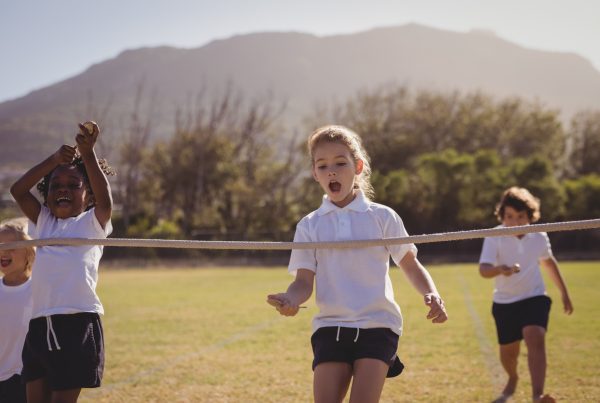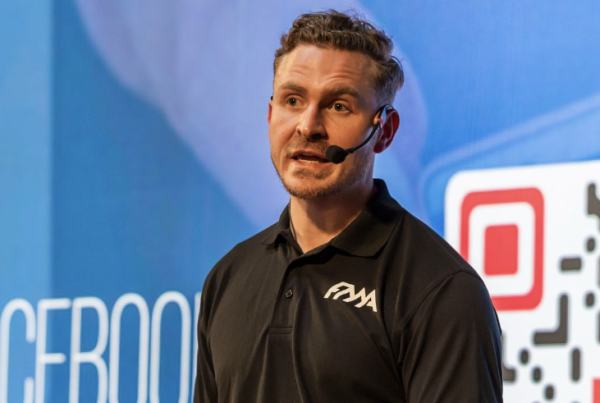The four seasons of chronic pain
For individuals living with chronic pain, the long-range forecast is often filled with metaphorical rainstorms, treacherous winds and long, dark nights. When pain is present, the most noticeable characteristic of a client’s changing climate often revolves around biomechanical restrictions and movement limitations. Perhaps not so obvious (yet often just as burdensome) are the emotional and psychological factors involved with experiencing pain on a regular basis.
As such, in order to create a truly unique, multidimensional strategy for individuals in pain, expanding beyond the optics of biomechanics and connective tissue principles alone becomes imperative. Let’s take a walk through the four seasons of chronic pain and examine how you can help your clients transition smoothly through each one.
Winter (fear)
Winter is the first season of chronic pain, where the radical change in climate significantly impacts on an individual’s emotional and psychological wellbeing. The narrative is generally one of fear: fear of movement, fear of pain worsening, fear of the unknown.
This fear can reach such heightened states that just the anticipation of pain is enough to steer an individual away from doing the things that matter most to them. Imagine avoiding an activity altogether because of the anticipation of pain, rather than in response to it!
When such avoidance behaviours manifest, it’s clear that approaching the chronic pain demographic solely from a biomechanical perspective is an incomplete approach. The neuromatrix theory of pain proposes that the output of pain is regulated by afferent sensory mechanisms in conjunction with cognitive inputs1. These cognitive inputs have the capacity to upregulate and exacerbate states of anxiety, apprehension, depression, self-doubt – all of which fall into the category of psychological/emotional stressors.
Successfully helping clients transition out of winter requires an understanding of one critical distinction: the difference between a client’s ‘external’ and ‘internal’ problem.
Spring (awareness)
To the health and exercise professional, guiding clients towards a more desirable climate lies in understanding each client’s internal problem.
All clients in pain have two global problems. The external problem is the biomechanical or anatomical concerns each client reveals during their initial consultation. Consider the client who has been experiencing knee pain for years. That’s the external problem – the knee pain. The internal problems, however, are the emotional, psychological and social/environmental stressors that are unique to the individual.
For example, consider a husband and wife who spend meaningful time together each day walking their dog. However, in recent months, the husband’s knee pain (external problem) has become so problematic that it’s preventing him from participating in the most meaningful aspect of his day, which is connecting with his wife via their evening walk (internal problem).
A client’s emotional transition from winter into spring begins with their health and exercise professional gaining awareness into the client’s internal problem(s). This awareness provides an opportunity for both the coach and client to begin scripting a new, more desirable narrative based on what the client values most.
Summer (possibility)
To clients in pain, fear, anxiety, feelings of hopelessness and negative self-talk are the metaphorical weeds of cognition. If these weeds are ignored, they can uproot any forward progress. During the summer months, the seeds of possibility must be nurtured and the cognitive weeds must be pulled on a regular basis.
As with any journey, minor setbacks and moments of self-doubt are to be expected (particularly when chronic pain is present). Because of this, granting clients permission to steep themselves in the process of constructing future-orientated, growth-focused possibilities becomes essential.
The Yellow Brick Road course refers to this process as a Possibilities Paradigm and involves four chapters, each designed to amplify and reinforce a client’s emotional and psychological resilience and wellbeing. When successful, these four chapters begin to stir hope and optimism back into each client’s current and future script.
Autumn (self-regulation)
The fourth and final season bears witness to clients returning to pain-free living. And while there are a host of ingredients chaperoning any given pain-free transformation (biomechanics included), a client’s capacity to accurately assess and regulate their emotional states (self- regulation) is a primary contributor to overcoming their internal problem(s).
Contrast the experiential difference in self-regulation between a client stating, “Oh no, I just threw my back out again!” vs “My back tightened up, but I know it’s just my body protecting me.” These are two completely different emotional reactions, the former reverberating sentiments of fear and the latter signifying the perception of safety and protection.
Preventing clients from experiencing negative emotions is, of course, not possible. However, as health and exercise professionals, we can strive to cultivate a climate that enhances each client’s self-regulation competence, and help them identify and overcome the emotional and psychological stressors that contribute to their pain. Importantly, you can begin this process with your client even before you have conducted their biomechanical evaluation.
Reference
- Melzack R (2001), Pain and the neuromatrix in the brain, Journal of Dental Education, 65(12): 1,378-82.
Where to next? How about ’10 principles of the function first approach to corrective exercise’ by Anthony Carey?








